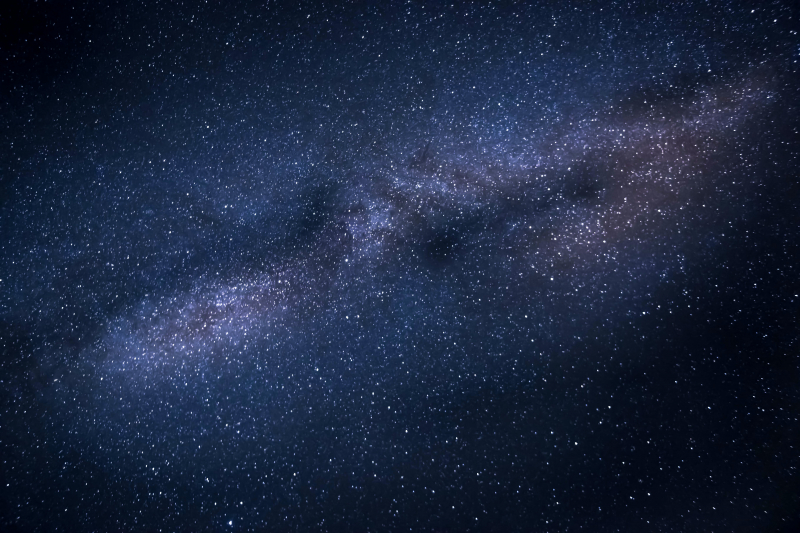The Flawed Planetary Origin Models
Up until a few decades ago, when astronomers began using telescopes to make the initial discoveries of planets like Mercury, it was believed that most solar systems would behave in a manner similar to our own. According to the general theory, all the heavy elements that make up a rocky dwarf planet like Earth, like carbon, oxygen, iron, etc., were created in stars before being gradually expelled. As a result, it is possible to estimate the age of a star and its planets in part by counting the number of heavier atoms that the star expelled to fill its planets.
Later, in 2010, observations of solar systems, such as HIP-11952 and HIP-13044, with an estimated age of 12 billion years or more, started to become common. In addition to being so incredibly old, they defy expectations by having gas planets in places where rocky planets should be (such as 11952c, which is close enough to its star that its years are only seven Earth days long). Over the years, TopTenz has expressed a lot of opinions regarding the diversity of celestial bodies. Yet research into the earliest solar systems suggests that perhaps our solar system is the odd one out.












